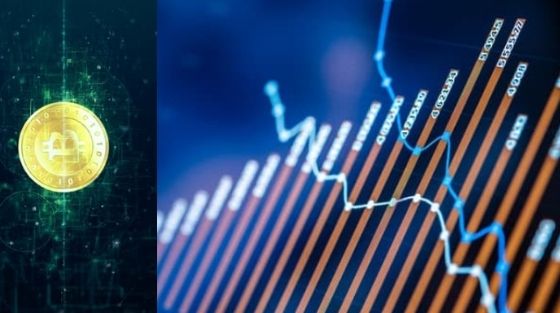Trading Market Cycle – Stages and Logic: A smart trader is one who understands and plays with the market effortlessly. It doesn’t matter what people say about the stock market; it moves in a specific pattern. Yes! The stock trading market repeats its price trend in some way again and again. There’s a complete theory on that, i.e. the Elliott Wave theory. You can read about it here.
The trading market moves in a cycle. You must have often heard that the market crashed. It is one of the four stages we will discuss today. In this article, we would try to understand the steps or phases of the market cycle and why these stages happen.
4 Stages of Trading Market Cycle
1. The Rising Market
It is the first stage of a trading market. When the market is at its lowest down point and is showing no signs of recovery, it marks the inception of this phase. All the assets, in the market, are falling and undervalued. It marks the loss of the buyers’ confidence.
The role of smart investors and financial influencers now play the game and try to buy the undervalued assets, as much as possible. However, there can be various other determinants too for the comeback.
The market shows the sign of recovery in this stage. It is quite complicated to spot this stage as the market is already in depression. An excellent way is to follow the news and events related to the trading market. Remember, it is not mandatory to buy at the inception of this stage. Following the news and assuring that this stage has started is the crucial key.
2. The Bullish Market
After the rising stage began, the market shows no sign of back off. Asset’s price shows a bull sign and moves in an uptrend, marking several higher highs and higher lows. Market buyers get interested and invest more. The big fat investors, which started the rising phase, take full advantage here. News, events, and technical tools show a positive view of the market, and thus, attract more buyers.
It is easy to spot this phase as it becomes a hot topic on related events. A trader should try to enter this market as quickly as possible. Looking for buying opportunities using technical tools might take away the opportunity here.
3. The Peak Stage
Once the bullish market reaches its maximum points, this stage comes into play. Almost all the assets become overvalued. The buying and selling pressure is virtually equal, and therefore, the market gives no new higher highs. It is like the market, after an uptrend, is playing within a price range. The smart investors and influencers understand that the market is at its peak point and prepare for their next move. What move? Read the next point!
An experienced trader would quickly identify this phase and sell all its holdings. The news, events and tools show mix or neutral signs here, and the buzz also deteriorates. New beginner traders should avoid purchasing at this phase.
4. The Falling Stage
It is the last stage of the trading market cycle. After identifying the peak stage, the market influencers know that their profit is at a peak. Thus, they start to sell their significant holdings. As a result, the market gradually becomes bearish, and the prices start falling. The market marks several lower lows and lower highs here, and the smart, experienced traders exit the market, once they notice it.
However, many traders hold their positions in the market in the hope that the market would bounce back again. These are generally the new traders and the ones who bought assets at the peak stage, in the hope of earning something. Also, it happens when their profits turn into losses, and they hope to get their capital back. But, as the prices continue to fall, they realize to take out their money.
The high selling pressure peaks at this stage and again marks the lowest downtrend. And Yes! You guessed it right, the cycle repeats itself.
The end of the falling phase marks the inception of the rising period again.
So, this was the market cycle. Every trading market goes through this stage. A good trader is one who identifies the phases correctly and acts accordingly in his favour. Now, without wasting your time, let’s close things off.
The Final Say
Almost all assets follow the movement of the stage, except some. It would be wise for a trader if he enters the stock market during phase one, i.e. the rising stage, and exits at step three, i.e. the peak stage.
A smart investor keeps his emotion in alignment with the practical conditions and doesn’t let them ride on the mind. One great way to identify the current market stage is by using technical tools. One tool we would suggest is using support and resistance level. You can know about them here!
And, last advice from us,
Do Not Enter Trading Unless You Are Sure of the Phase!

